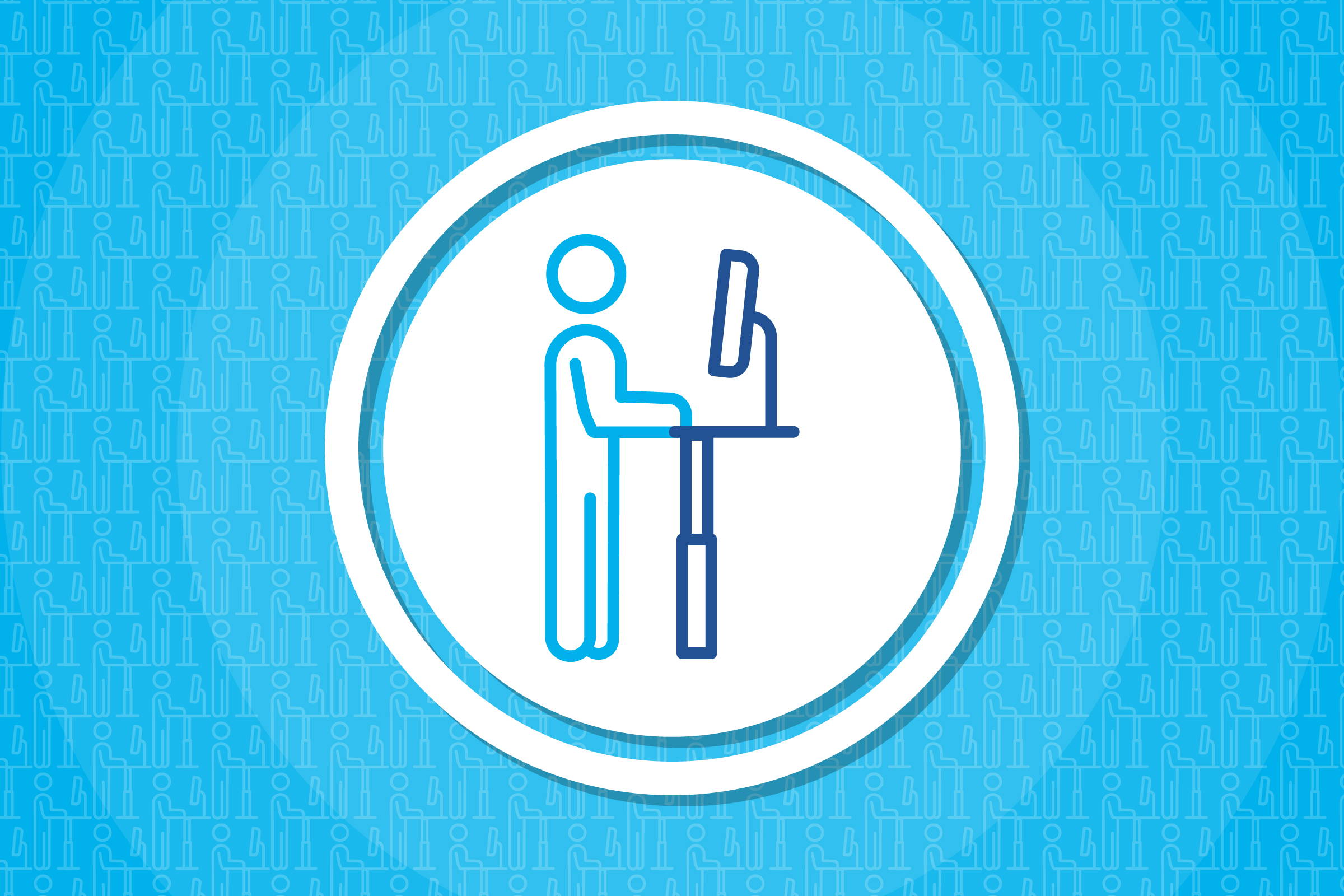Life in lockdown provides us with a lot of free time usually taken up by work and social commitments. What better to do with this time than get in shape?
Whether you are a seasoned gym-buff or someone who has to google “Burpee”, any little helps.
“Perhaps try to do some exercise during your micro breaks,” says Vaux, “No matter what level of conditioning you are starting at there is always something you can do to improve, even at home.”
At a time when we are physically distant from our colleagues and friends keeping a diary of our daily exercise routines and sharing our achievements can help incentivise, and build camaraderie.
In addition to alleviating mental and physical stress, regular exercise can also help boost our immune systems.
“Recent research suggests that keeping our skeletal muscles strong and healthy, may give us a more efficient immune response in the event of an infection,” says Vaux.
“So, if we ever needed a reason to stay strong and active, the current outbreak is a big one!”



